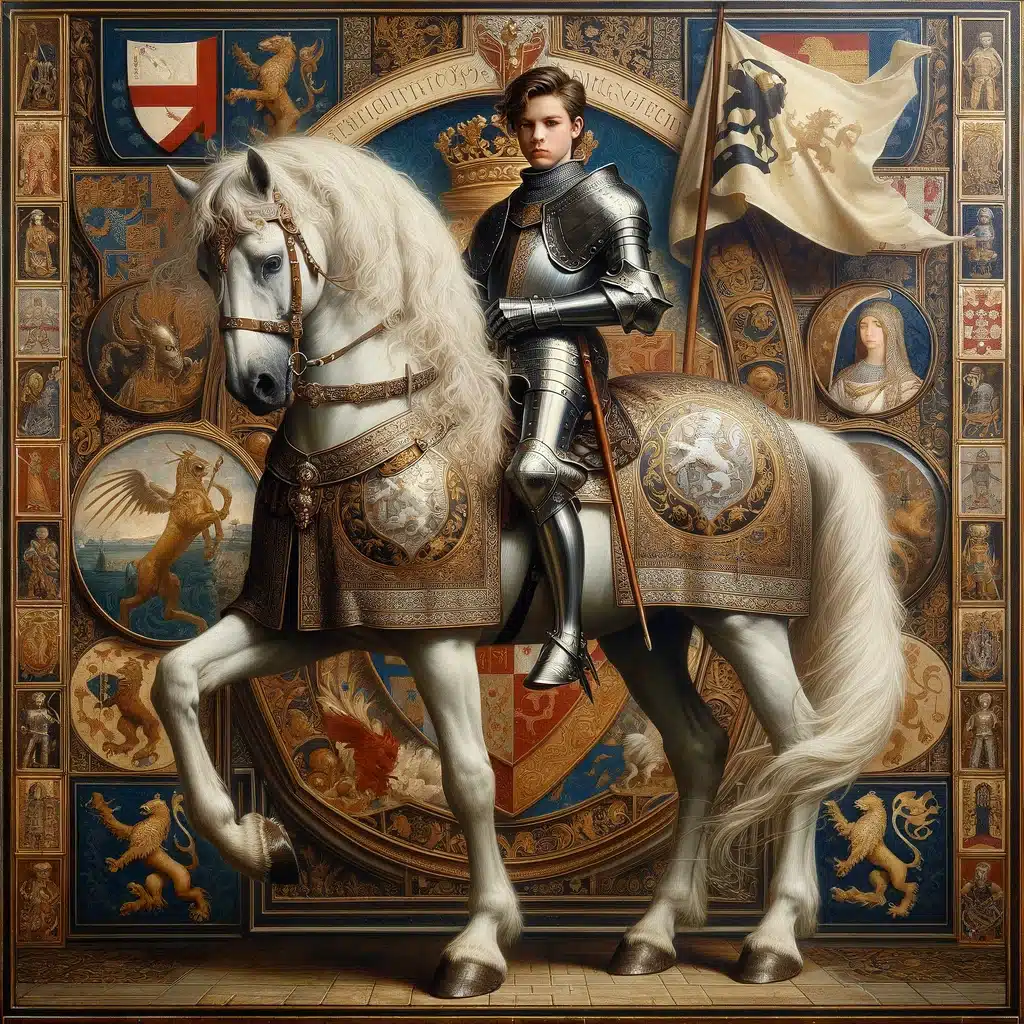Harmonious Legacy: A Family’s Century-Long Dedication to Ecclesiastical and Liturgical Music
In the tapestry of cultural and artistic endeavors that shape societies, music holds a place of profound significance, with the power to transcend temporal and spatial boundaries. Among the myriad genres and forms, ecclesiastical and liturgical music stand out for their deep-rooted connections to spiritual and communal experiences. This article delves into the remarkable story of a family whose century-long commitment to these sacred musical traditions has not only preserved but also enriched this artistic heritage, making a lasting impact on both their community and the broader musical landscape.
The Foundational Chords
The genesis of this family’s musical odyssey can be traced back to the late 19th century, in a small, vibrant parish where the first known musician of the lineage served as the organist and choirmaster. With a profound passion for sacred music, this ancestor laid the foundational chords of what would become a generational vocation, instilling in his descendants a reverence for the spiritual power of music.
Transcending Generations
As the baton of musical guardianship passed from one generation to the next, each brought its unique contributions to the evolving family tradition. The repertoire expanded from Gregorian chants and polyphonic masses of the Renaissance to include contemporary compositions, reflecting the family’s ability to honor tradition while embracing innovation.
Throughout the 20th century, members of the family became synonymous with the musical life of their community, directing church choirs, composing liturgical pieces, and educating young musicians. Their home, often filled with the sounds of rehearsals and impromptu recitals, became a wellspring of musical creativity and devotion.
The Role of Ecclesiastical and Liturgical Music
Ecclesiastical and liturgical music, by its very nature, serves a dual purpose: it is both an artistic expression and a vehicle for spiritual contemplation. For this family, music was not merely a performance but an act of worship, a way to enhance the liturgical experience and facilitate a deeper connection between the congregation and the divine.
Their commitment to this genre was also a commitment to their community, enriching liturgical services, and providing a soundtrack to the milestones of life, from baptisms and weddings to funerals and holiday celebrations. Through their music, they helped to articulate the joys, sorrows, and hopes of their community, fostering a sense of unity and shared purpose.
Legacy and Innovation
One of the most remarkable aspects of this family’s musical legacy is their openness to innovation within the bounds of tradition. Recognizing the dynamic nature of liturgical music, they incorporated new instruments, harmonies, and compositions, contributing to the genre’s growth and vitality.
Their compositions, often inspired by biblical texts and the rich tapestry of Christian liturgy, have been adopted by other choirs and parishes, testament to their universal appeal and spiritual depth. Moreover, their efforts to record and archive their works have ensured that this rich musical heritage is preserved for future generations.
Conclusion
The century-long commitment of this family to ecclesiastical and liturgical music embodies the profound impact that a single family can have on the preservation and evolution of a cultural and spiritual tradition. Their story is a testament to the power of music to connect generations, enrich spiritual life, and foster community cohesion.
As we look to the future, the legacy of this family serves as a beacon for aspiring musicians and a reminder of the enduring value of ecclesiastical and liturgical music in a rapidly changing world. In their melodies and harmonies, we find a timeless expression of faith, hope, and the unbreakable bond of family.













